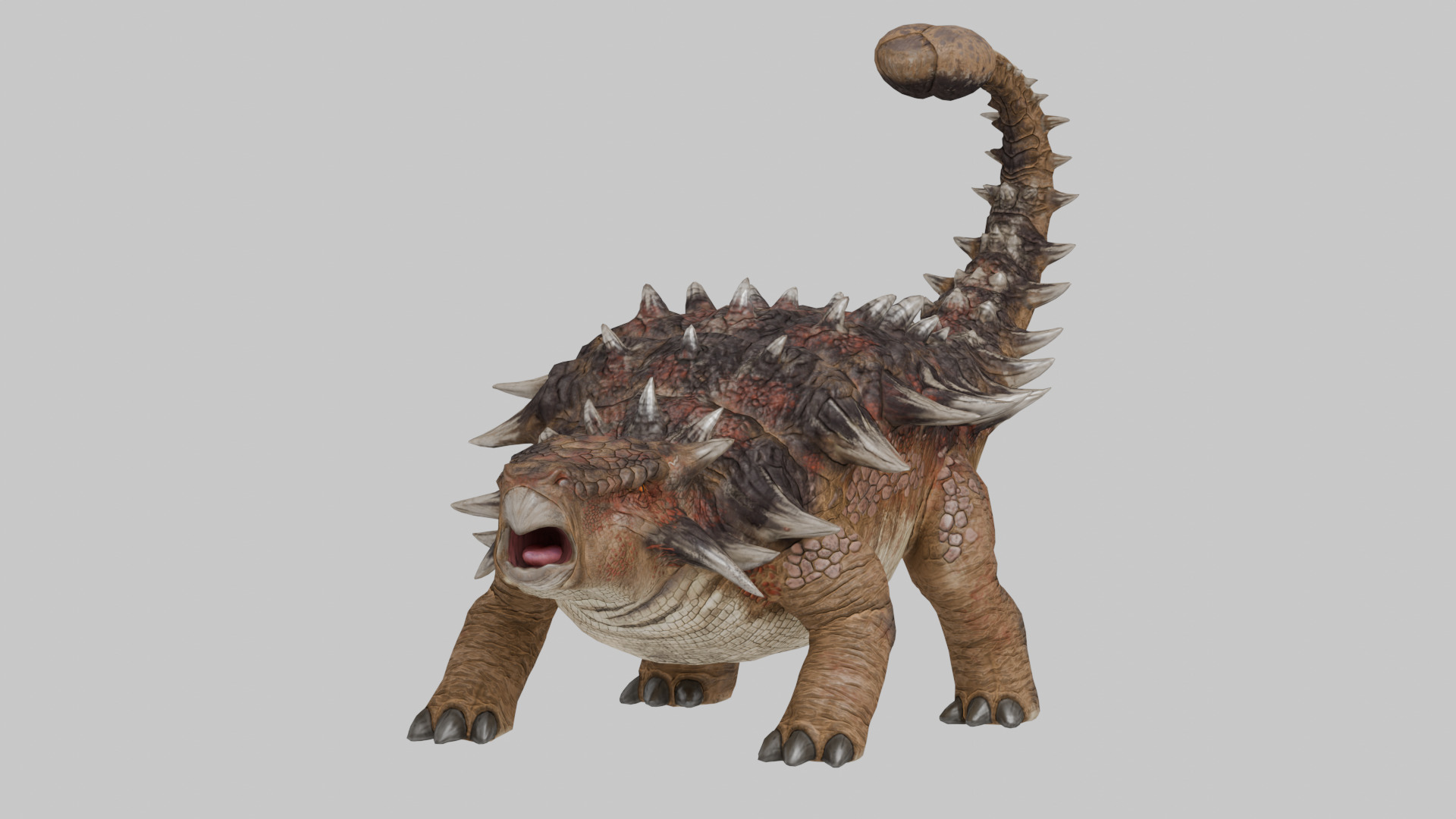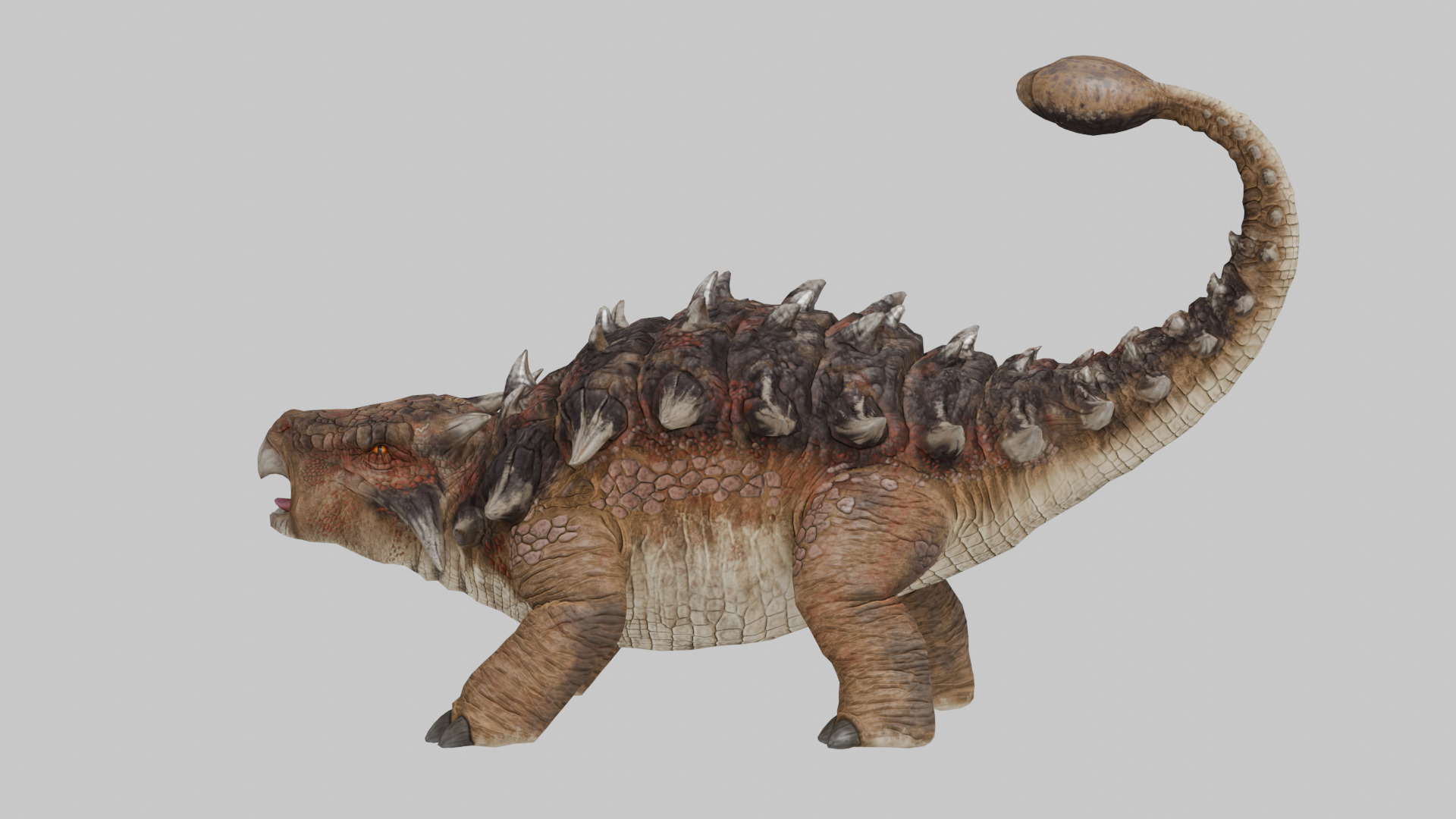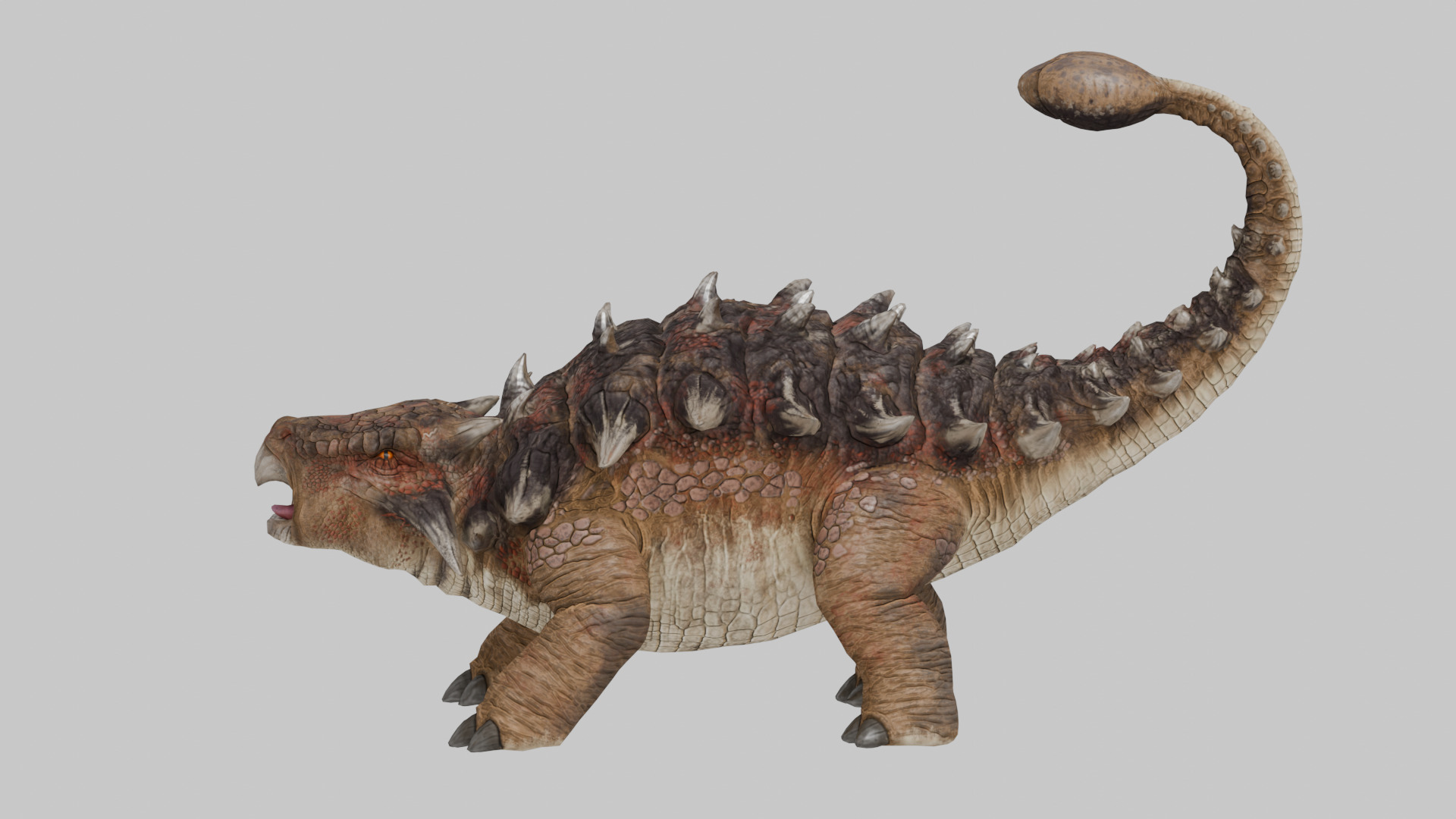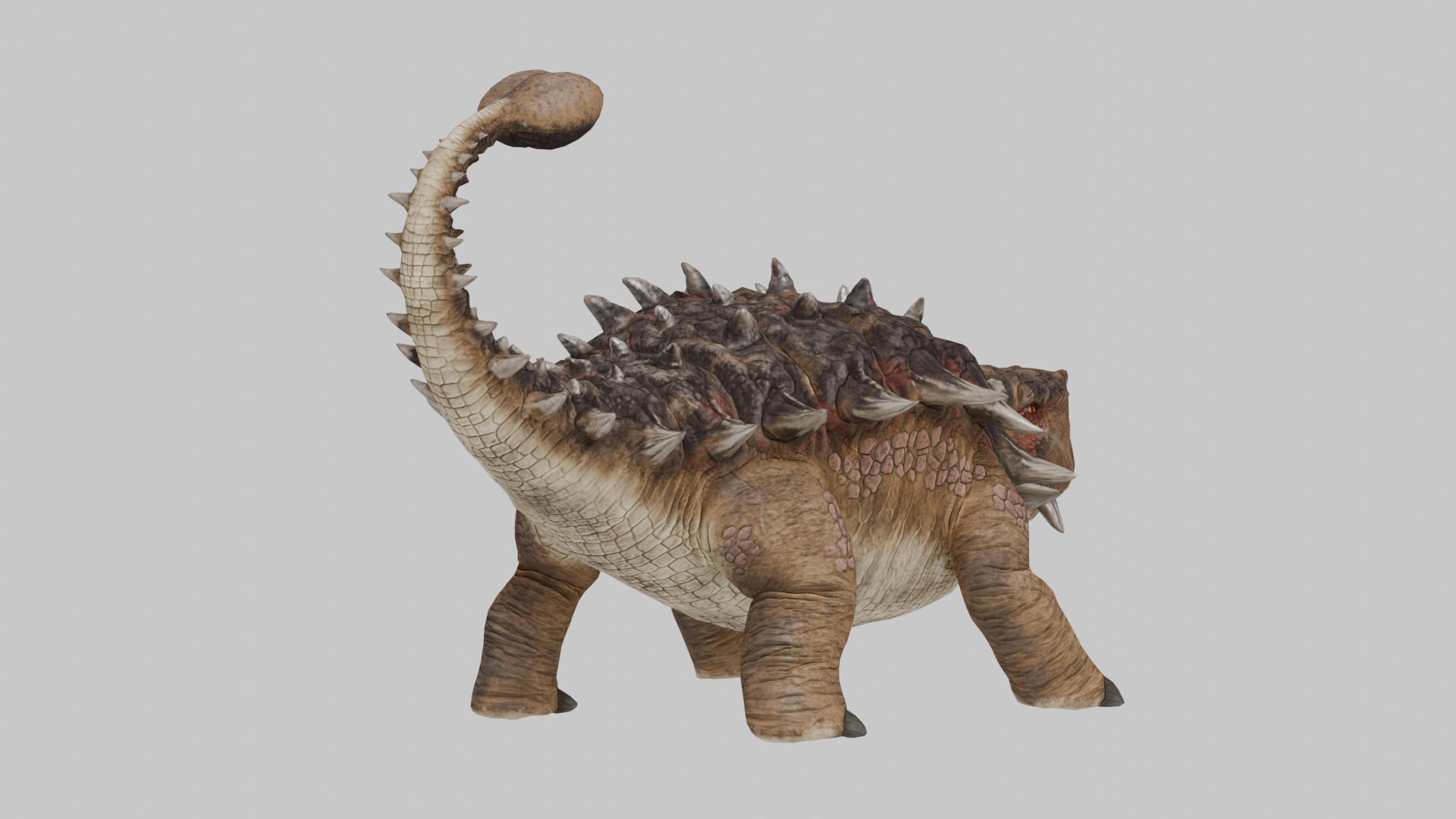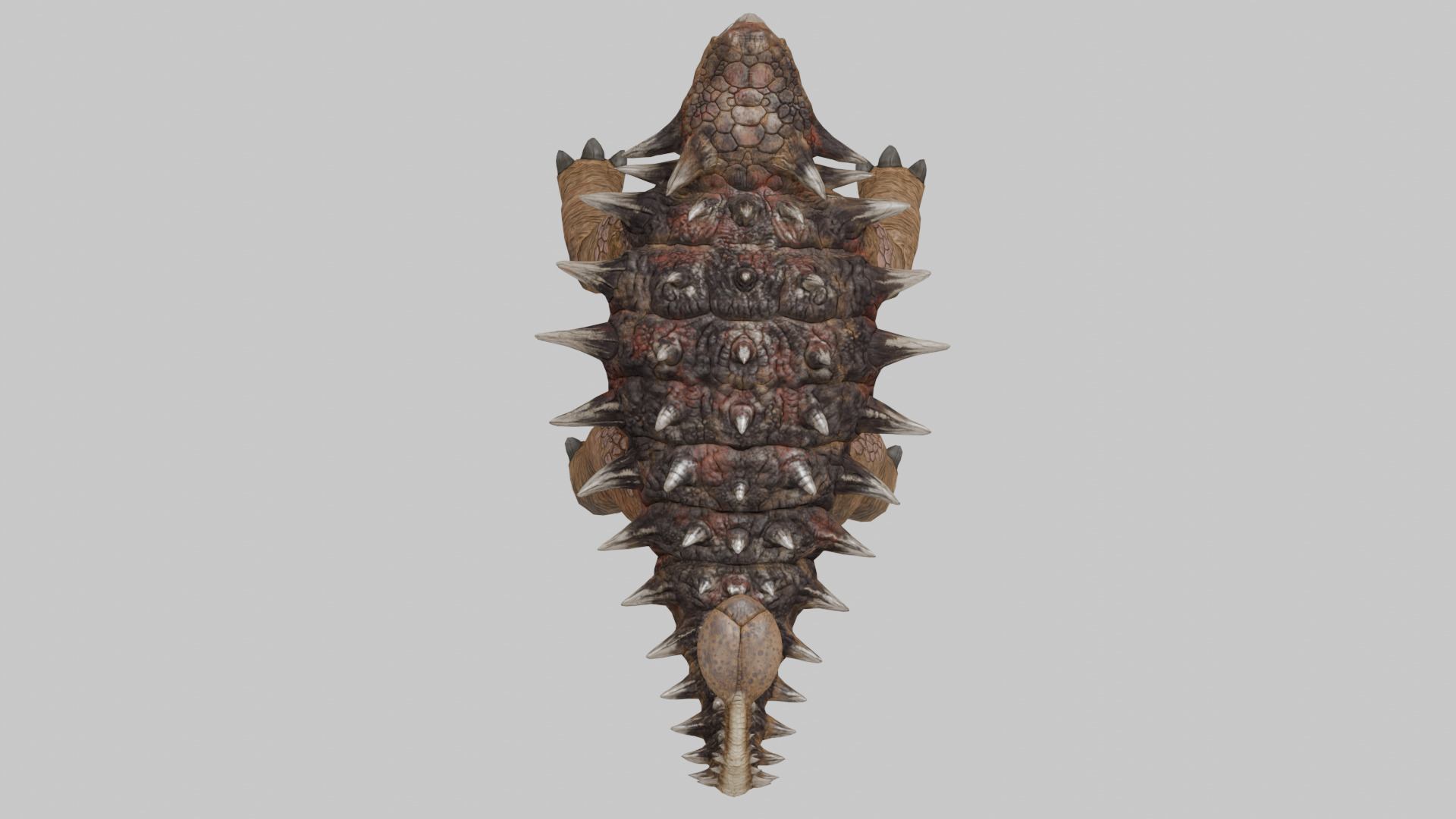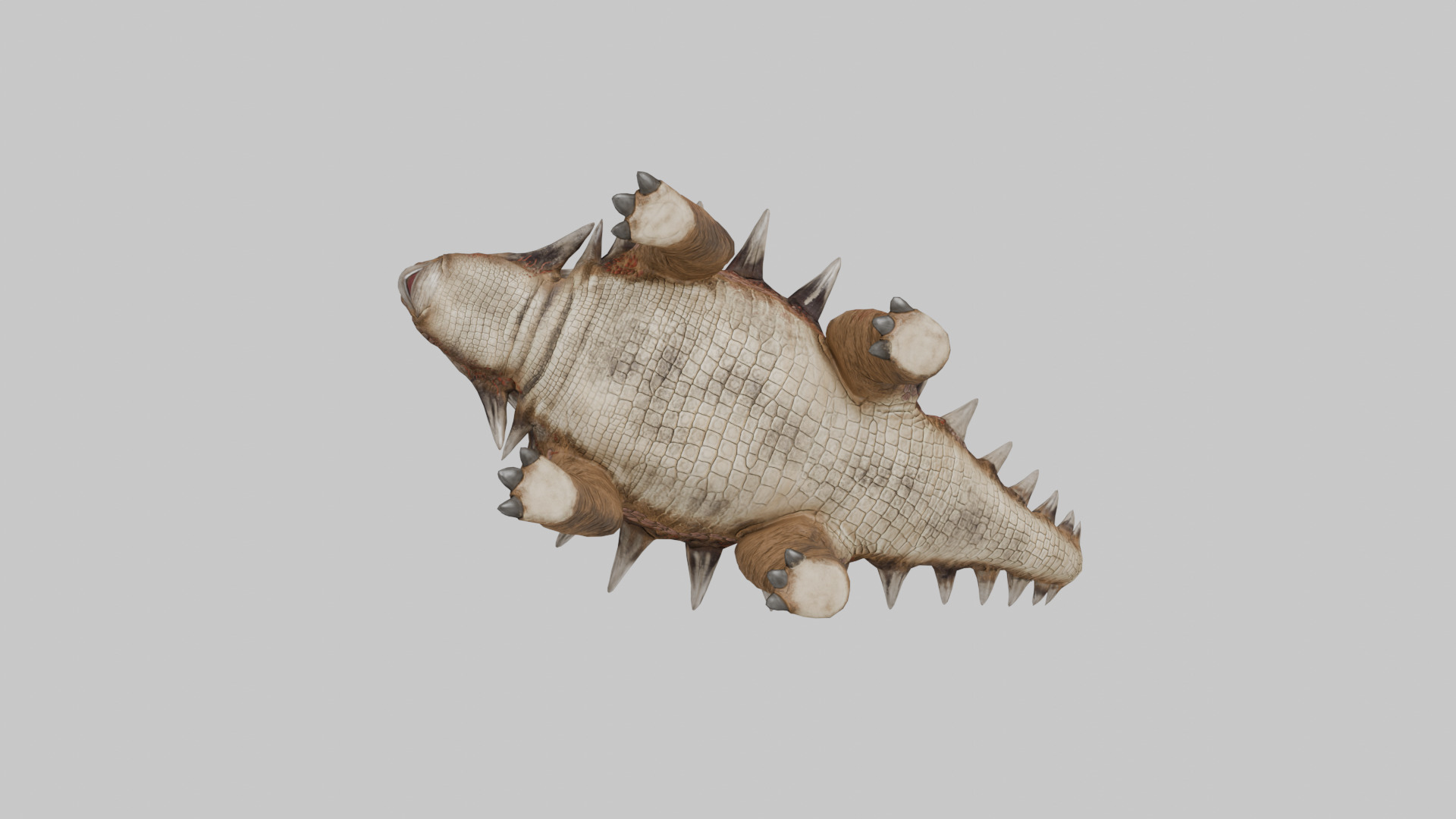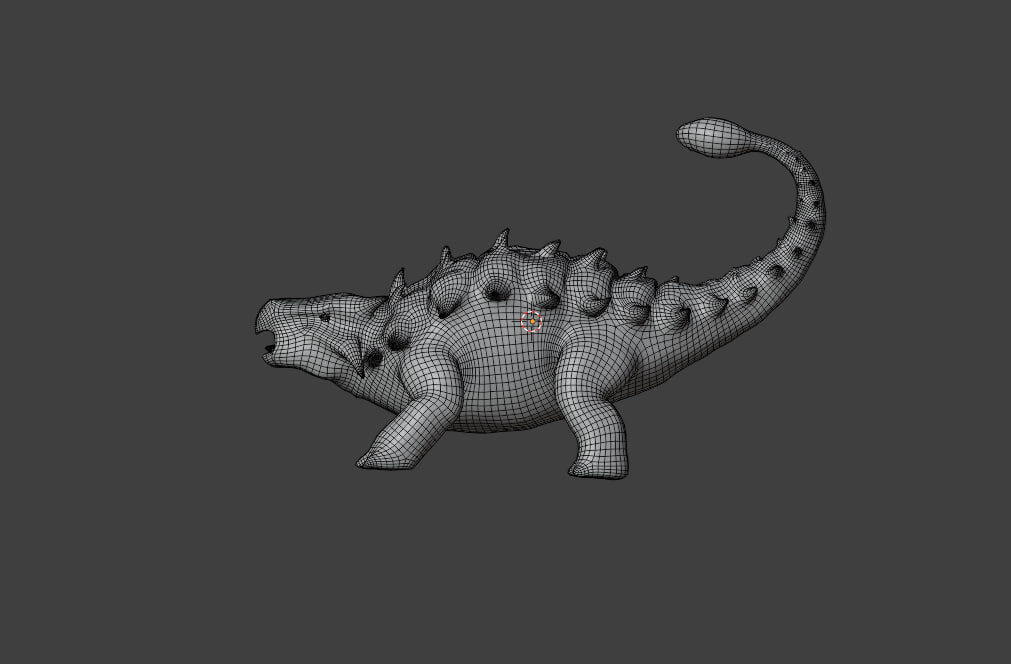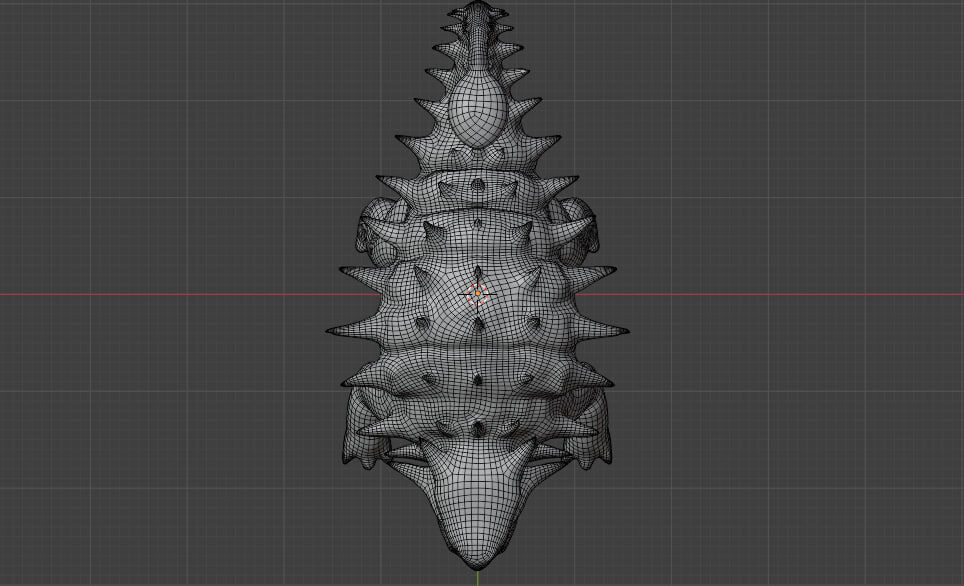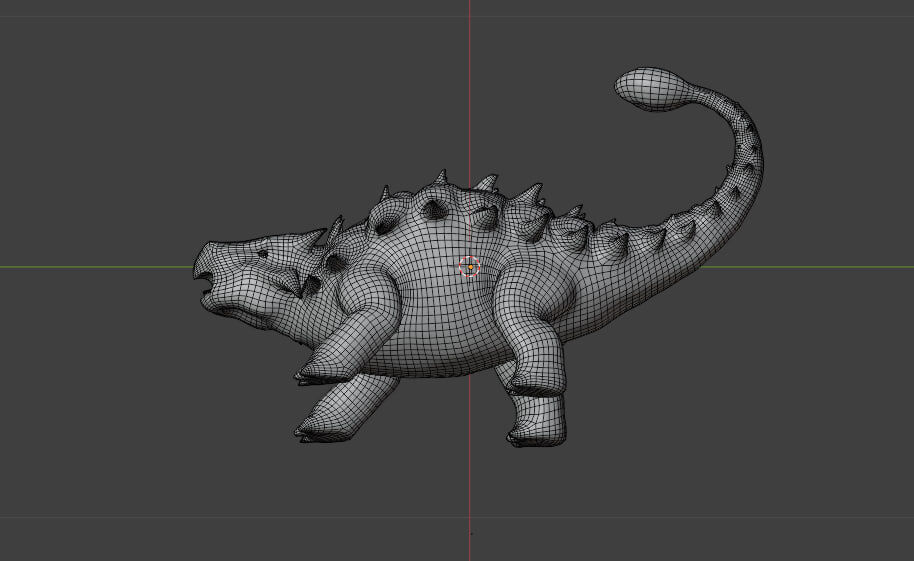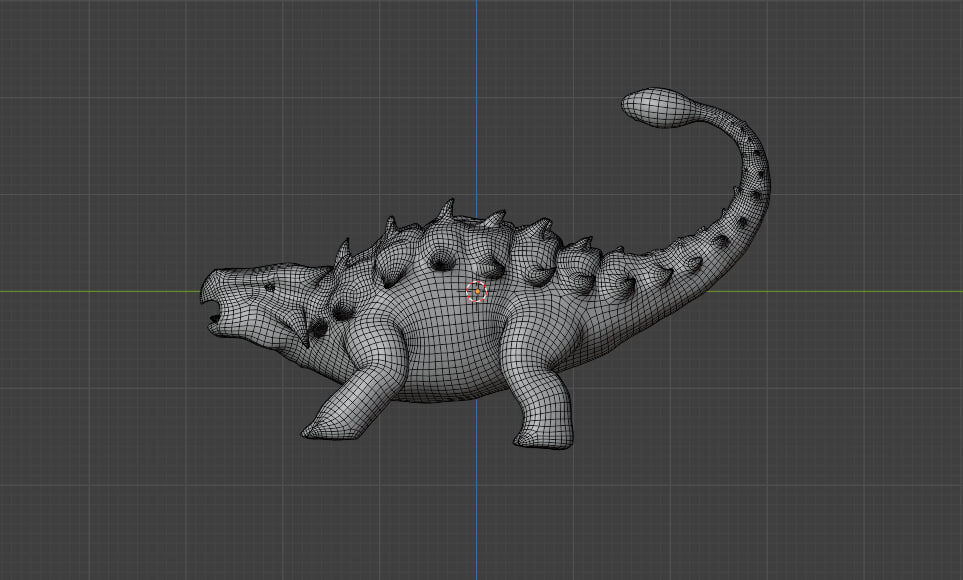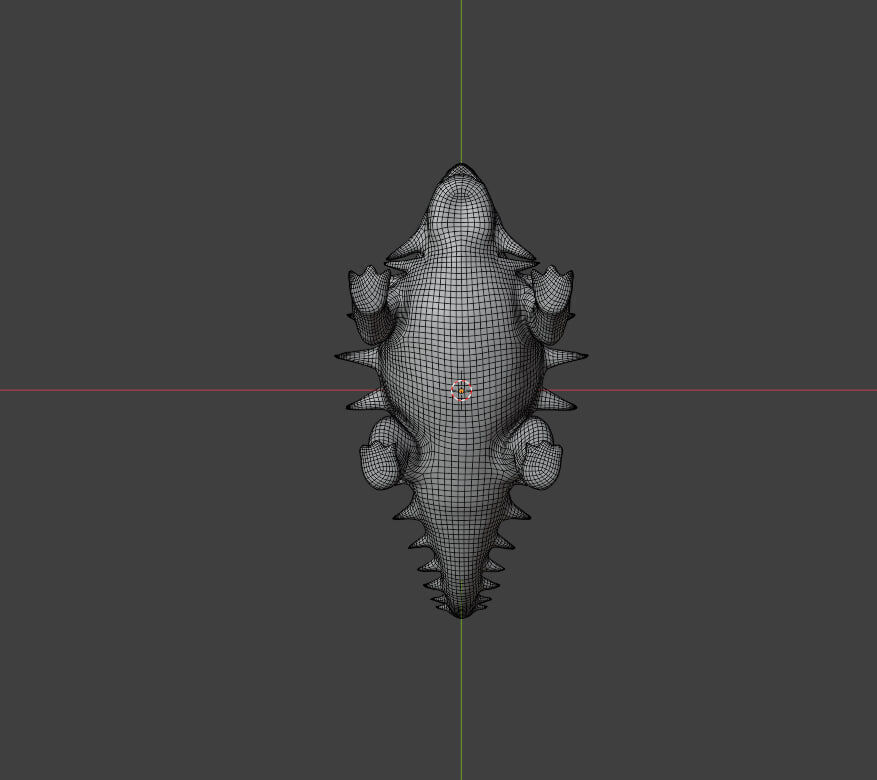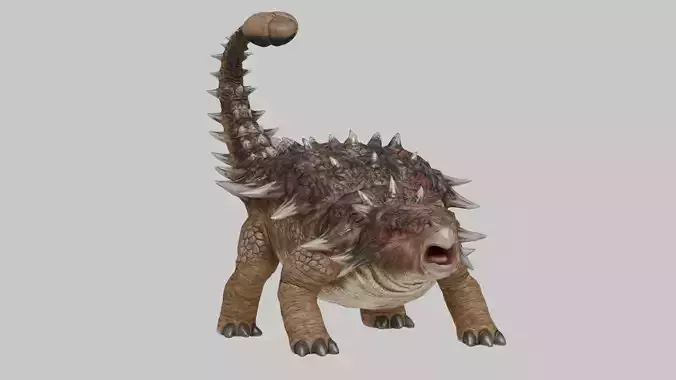
Ankylosaurus model 3D 3D model
Highly detailed, ready-to-use 3D model created in a modern visual editor:
- Product advantages:
Low-poly representation — optimized for gaming projects, AR/VR and mobile applications.
Ready UV unwrapping — filled with full-size textures and normal maps, which allows you to immediately proceed to rendering and animation.
Broad compatibility — works out of the box with 3D engines, online platforms and animation software.
- Technical details:
Textures: PBR + normal maps
Optimization: constant LOD or low-poly version
- Applicability:
Games (NPC, environment, scenery)
AR/VR projects (museums, scientific applications)
Illustration and visualization (scientific scenes, documentaries)
Educational programs (anatomy of dinosaurs)
Ankylosaurus is a genus of armored dinosaur. Its fossils have been found in geological formations dating to the very end of the Cretaceous Period, about 6866 million years ago, in western North America, making it among the last of the non-avian dinosaurs. It was named by Barnum Brown in 1908, and the only species classified in the genus is A. magniventris. The genus name means 'fused lizard', and the specific name means 'great belly'. A handful of specimens have been excavated to date, but a complete skeleton has not been discovered. Though other members of Ankylosauria are represented by more extensive fossil material, Ankylosaurus is often considered the archetypal member of its group, despite having some unusual features.
The largest known ankylosaurid, Ankylosaurus is estimated to have been between 6.25 and 8 m (20.5 and 26.2 feet) long and 1.7 m (5.6 feet) tall, and to have weighed about 4.88 tonnes (11,00018,000 lb). It was quadrupedal, with a broad, robust body. It had a wide, low skull, with two horns pointing backwards from the back of the head, and two horns below these that pointed backwards and down. Unlike other ankylosaurs, its nostrils faced sideways rather than towards the front. The front part of the jaws was covered in a beak, with rows of small, leaf-shaped teeth farther behind it. It was covered in armor plates, or osteoderms, with bony half-rings covering the neck, and had a large club on the end of its tail. Bones in the skull and other parts of the body were fused, increasing their strength, and this feature is the source of the genus name.

